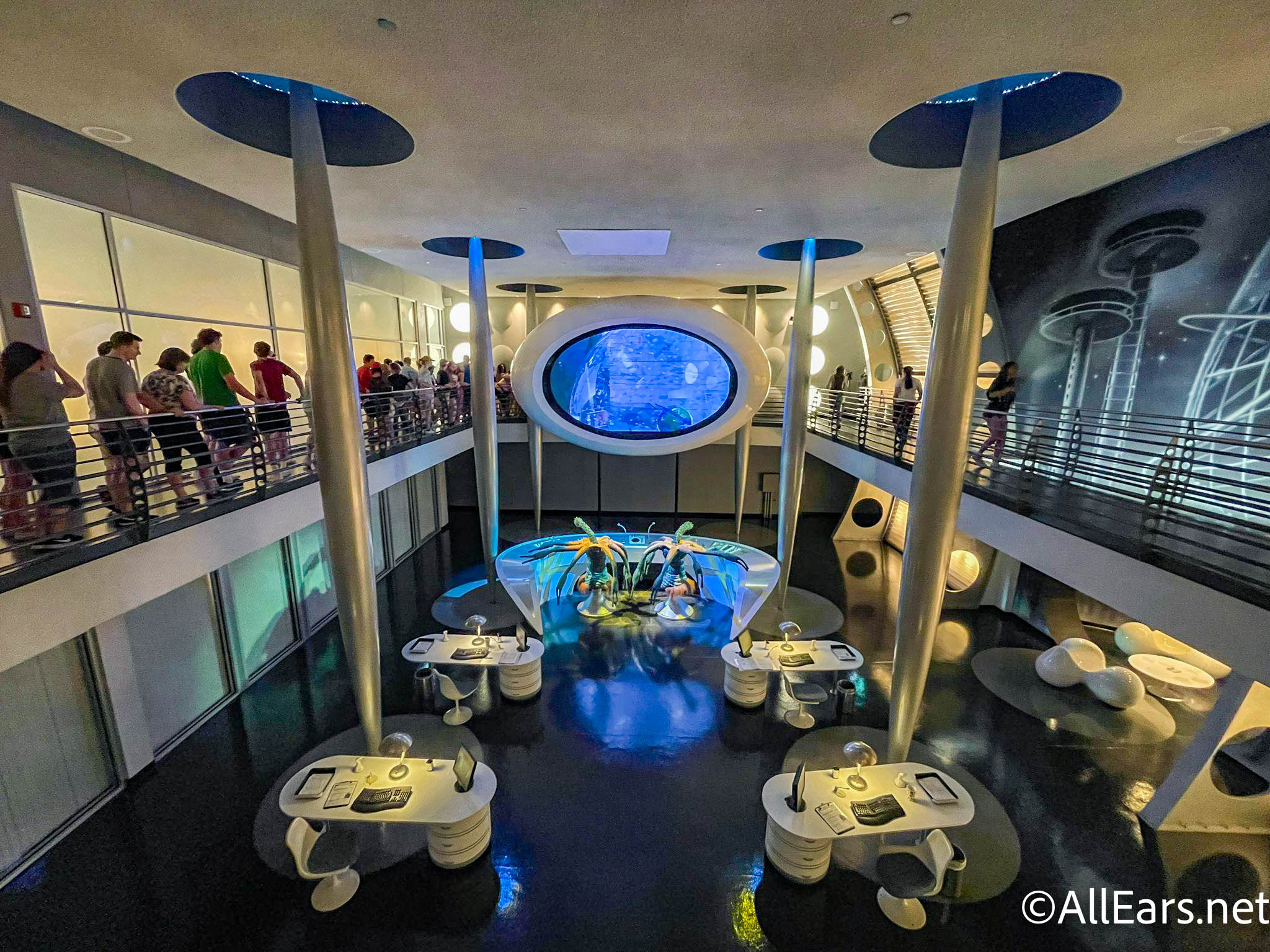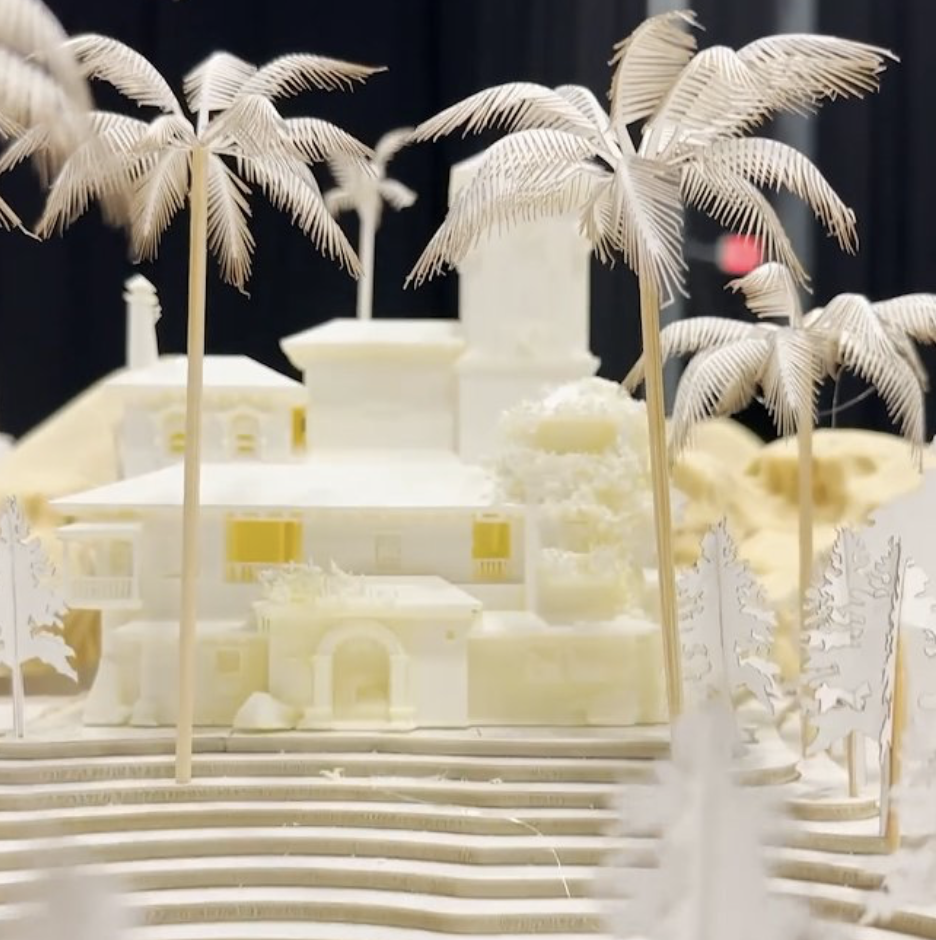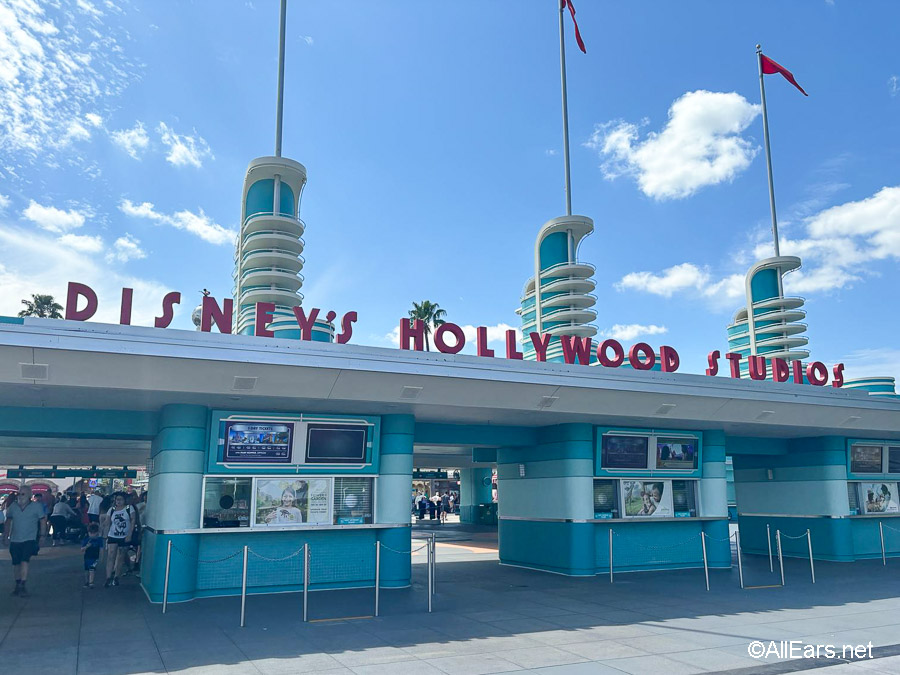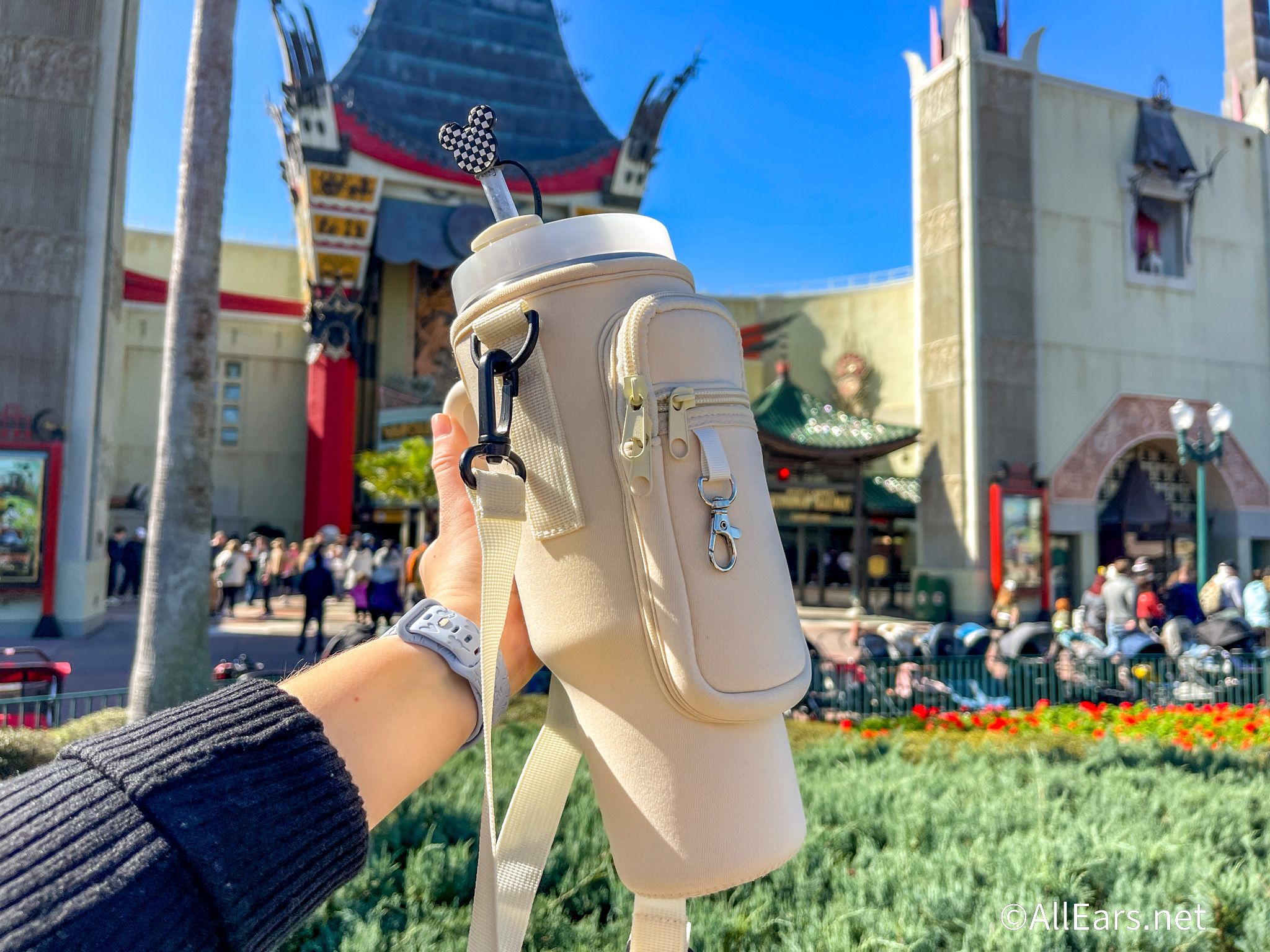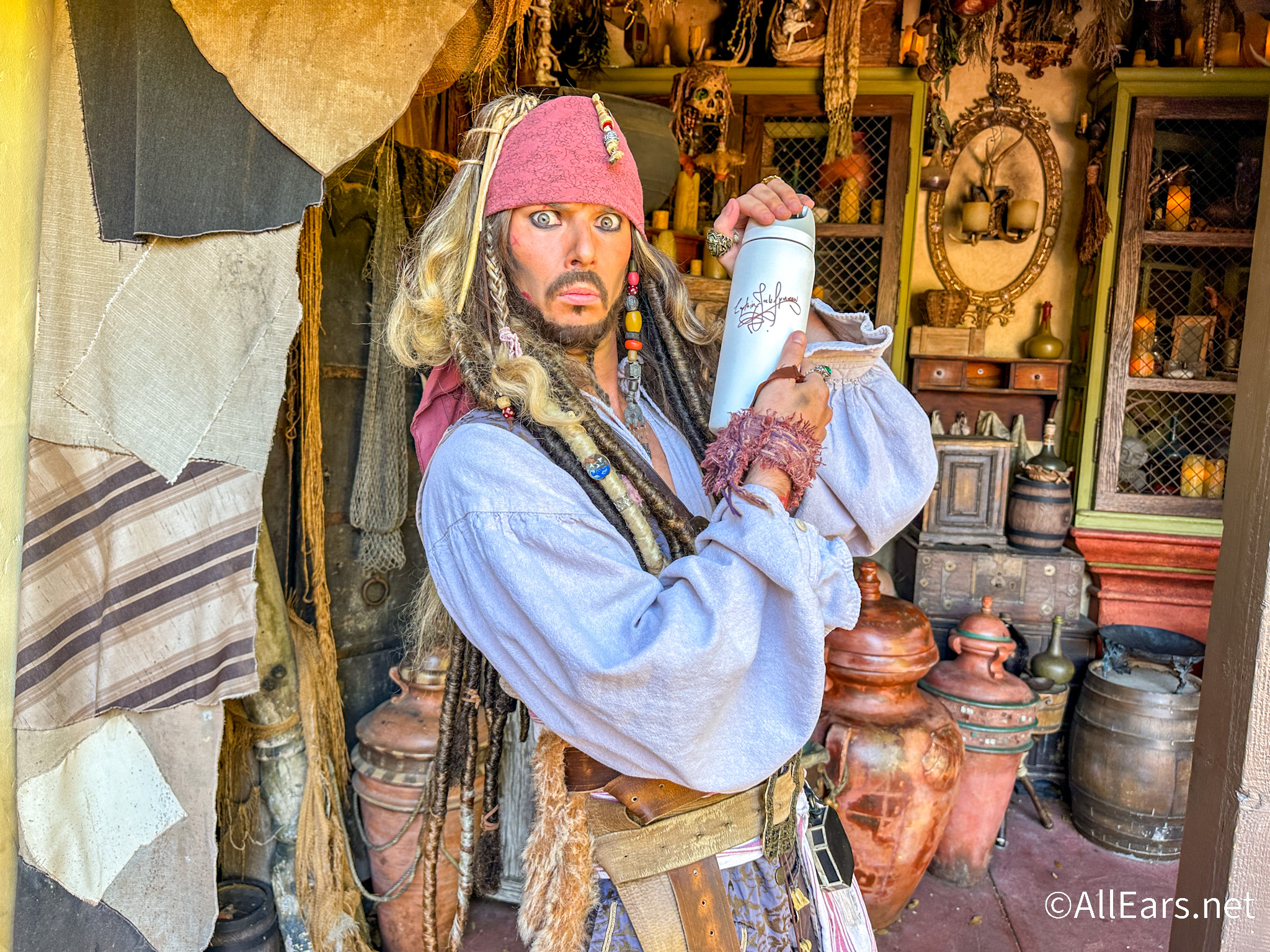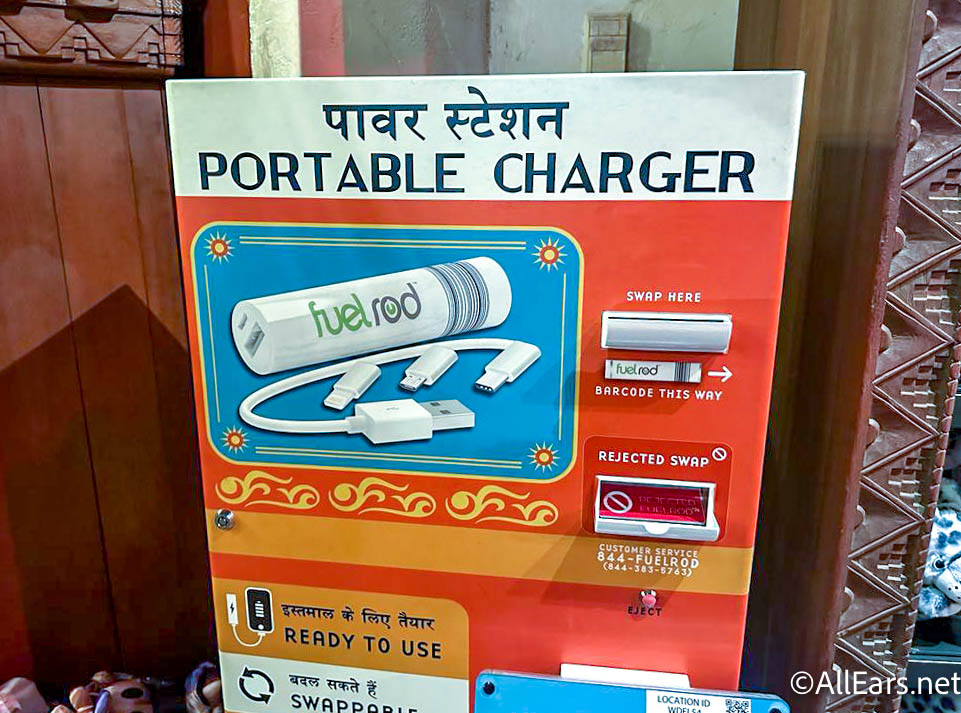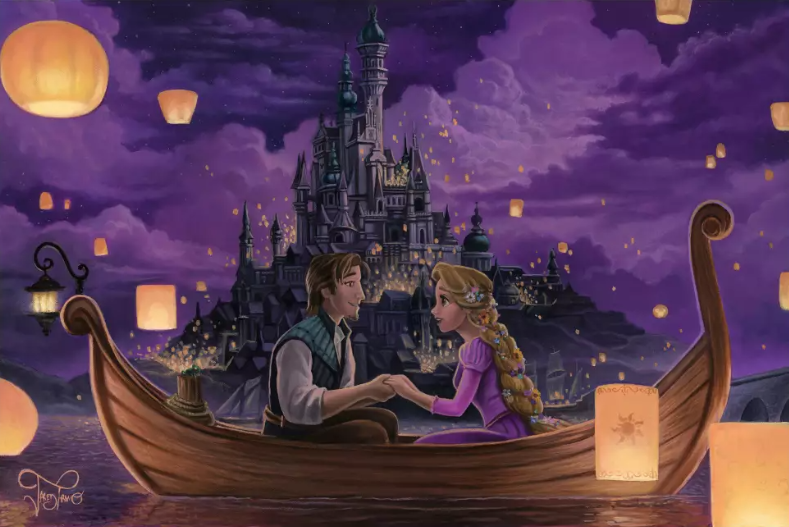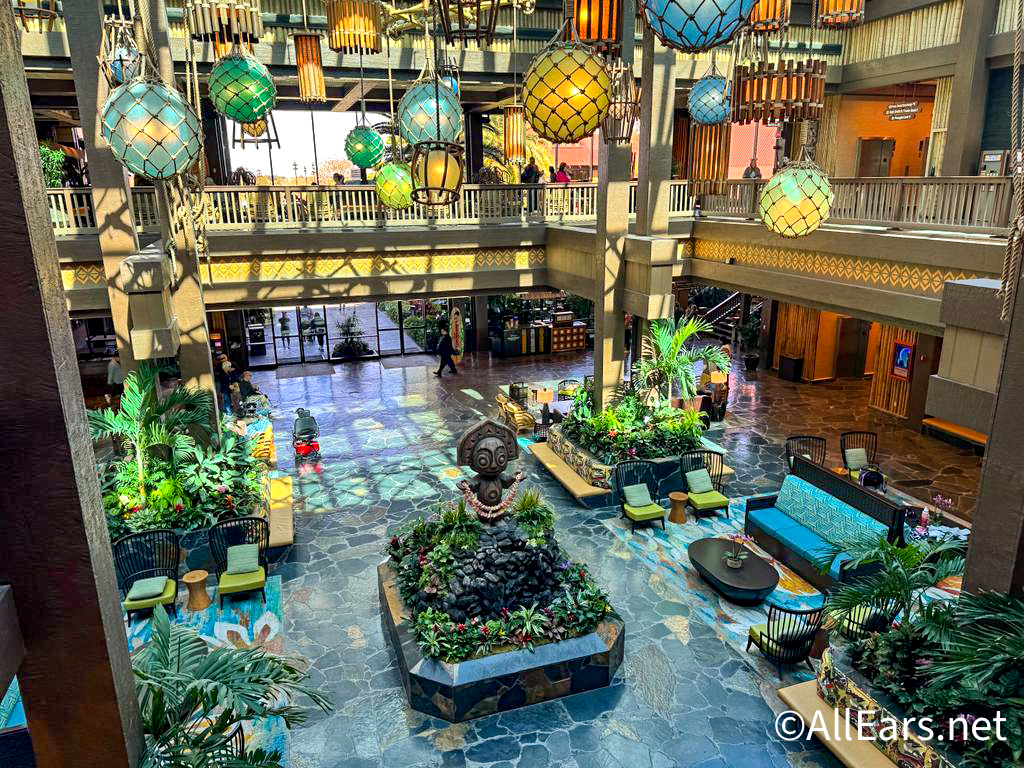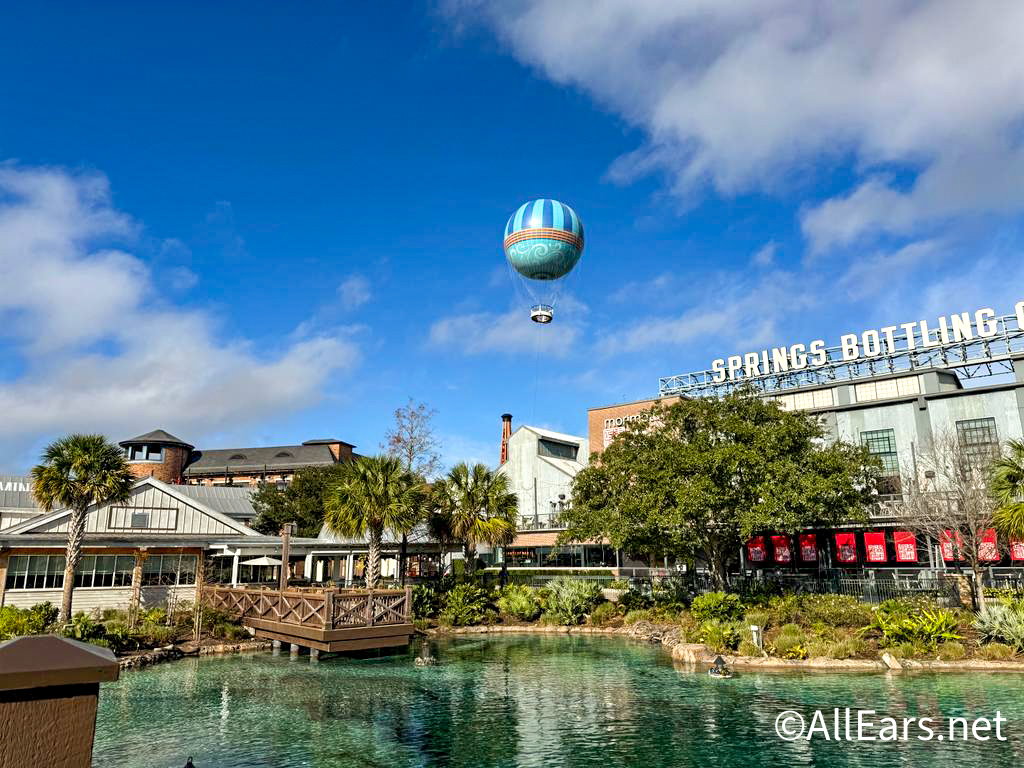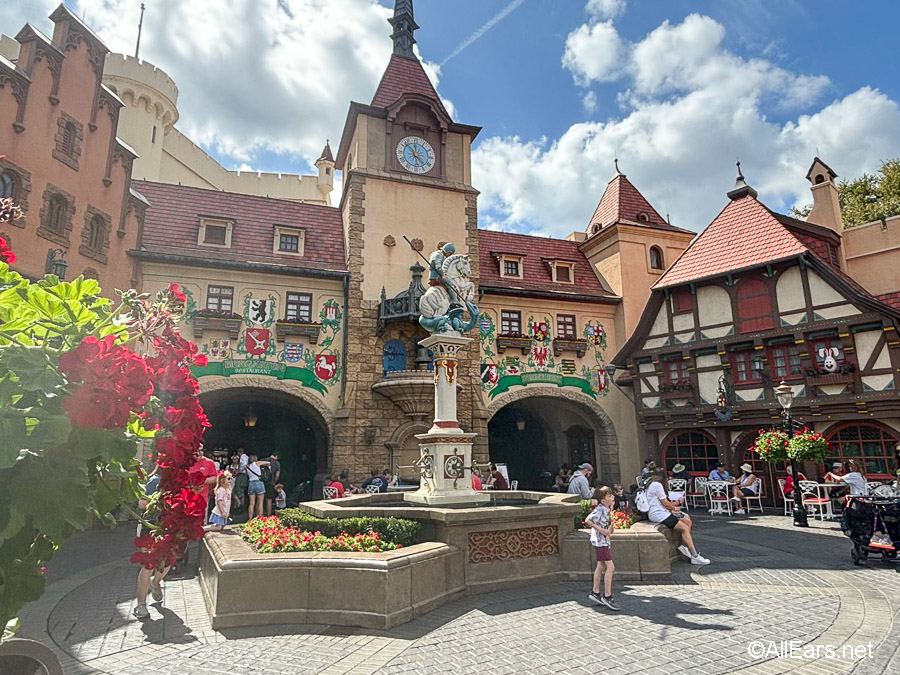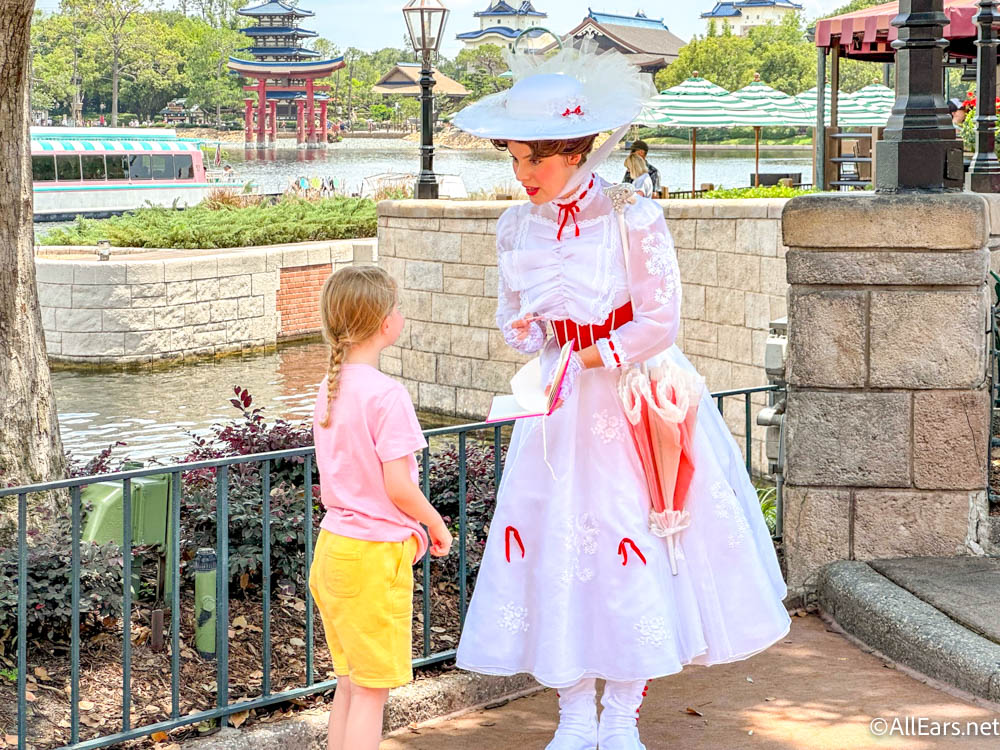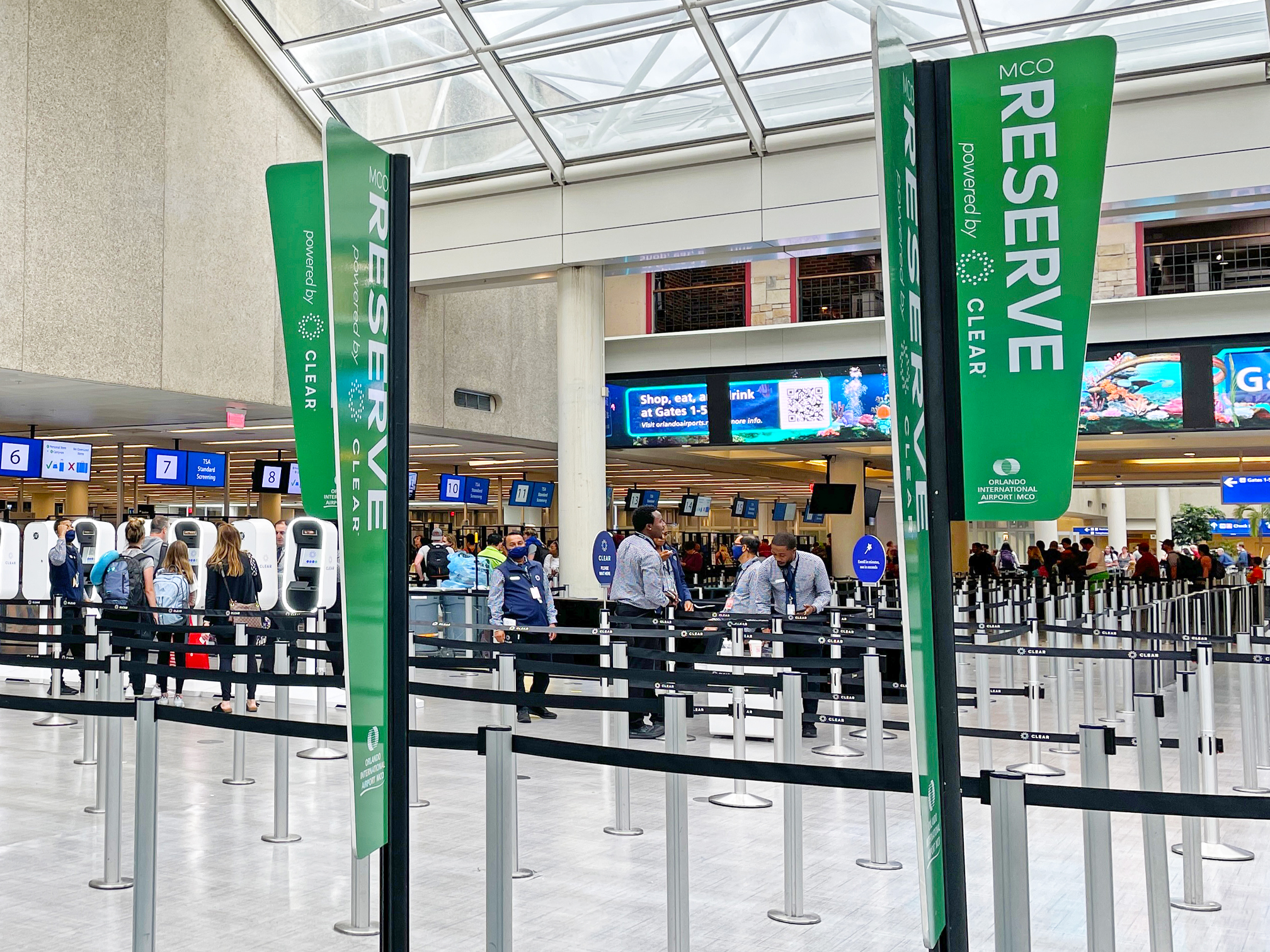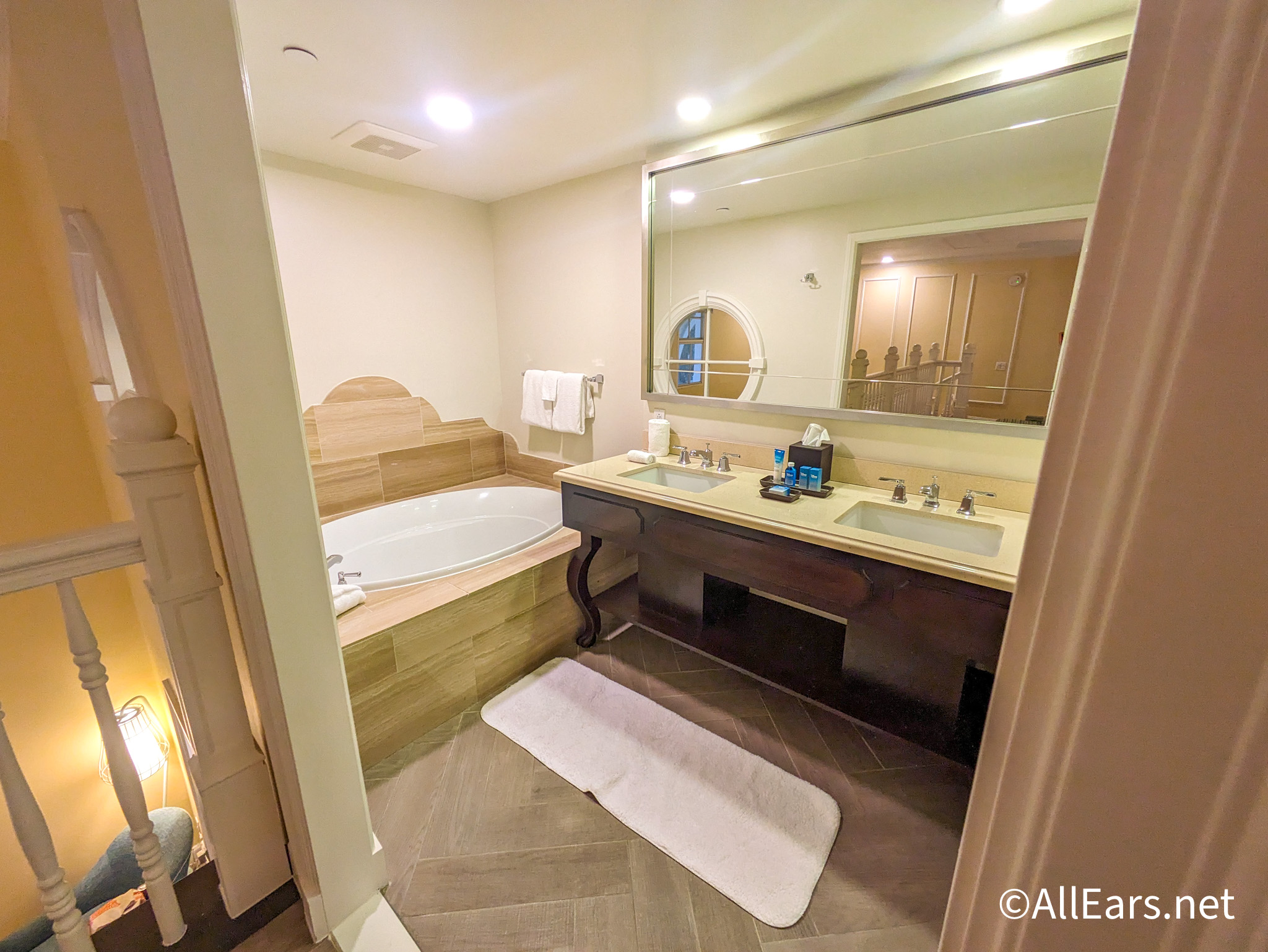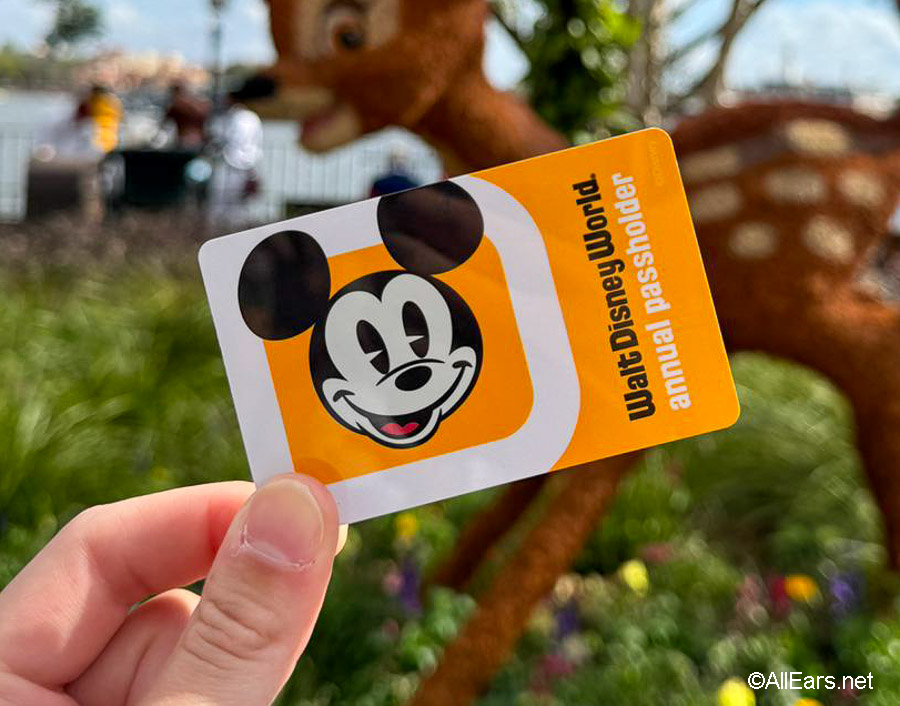Exotic Treasures Found in Epcot’s Morocco!
This article appeared in the July 17, 2001 issue of ALL EARS®.
While the real Morocco is located on the westernmost tip of north Africa, bordering Algeria to the east and the Moroccan-occupied Western Sahara to the southeast, Epcot's Morocco pavilion is located between France and Japan, easy to spot from across the World Showcase Lagoon, by its unusual Koutoubia Minaret (prayer tower).
Added to World Showcase in 1984, the Epcot pavilion re-creates the architecture and atmosphere of this famed northern African kingdom. Three cities are represented: Casablanca, Fez, and Marrakesh. The landscape is dominated by plants of economic importance, a reflection of the integral role agriculture plays in this country.
Have you ever walked into Epcot's Morocco, decided there isn't much to see and kept going? Well, it might surprise you to learn there are some rather fascinating areas of the pavilion. Discover them by taking a free, 45-minute tour called the Treasures of Morocco, available periodically throughout the day. You will learn about the culture, history, and people of Morocco, as well as the basis for the Morocco Pavilion, enhanced with visits to the food market and Fez House.
The Gallery of Arts and History, a wonderful display of the science, music and technology of Morocco, is often overlooked. From the outside, a casual glance reveals only an ordinary heavy wooden door, but once inside, looking back through the door to the outside, you will see beautiful stained glass.
To the right of the Gallery is the Fez House, which represents a typical Moroccan home. There are beautiful mosaic tiles, carvings, and artifacts from daily life. If you are quiet when you approach the fountain, you just might hear children playing in the distance.
RESTAURANTS
Restaurant Marrakesh, located at the end of the pavilion's winding pathway, offers traditional Moroccan cuisine and live entertainment, including a belly dancer. The lunch and dinner menus are almost identical, although lunch is less expensive.
If you're unsure about Moroccan food, consider trying it at a late lunch. Especially tasty are savory baked layers of thin pastry stuffed with minced chicken and almonds, sprinkled with cinnamon and powdered sugar known as bastillas. Also worth a try is the Lemon Chicken, a braised half-chicken seasoned with garlic, green olives and preserved lemon that is so tender it falls away from the bone.
Tangierine Cafe is a small open air cafe offering sandwiches, humus, vegetarian platters and desserts. It's a wonderful place for lunch that won't make you feel like you just ate a brick!! The vegetarian platter has fresh hummus and cold salads (substitutions can be made). Dine here for healthy, not heavy, but be sure to save room for dessert!
TOURING TIPS
Morocco and the United States have a very long relationship dating back to the 1700s. Morocco was the first country to recognize the United States as a separate nation. In the lobby of Restaurant Marrakesh there are letters from George Washington and the Moroccan king.
If you have the time, take the Treasures of Morocco tour!! (It's FREE!)
Spend some time examining the intricate tile work throughout the pavilion.
Go into the back section of the Morocco pavilion. You will forget you are standing in Epcot.
The characters of Genie, Jasmine and Aladdin appear daily in Morocco.
INTERESTING FACTS
Morocco is the only country in World Showcase sponsored by the government and not a corporation.
The Islamic religion prohibits artistic depiction of live objects, therefore, their artists have developed a unique style of abstract design. Rather than plants, animals and people often found in Western art, Islamic decoration consists of detailed geometric patterns represented in the tile walls and carved plaster of the buildings.
The prayer tower, at the entrance of the pavilion, is a detailed replica of the Koutoubia Minaret that stands in Marrakesh.
The buildings have great religious significance and so the nightly IllumiNations celebration does not spotlight the Moroccan pavilion buildings.
The king of Morocco sent his royal craftsmen to lay all the tile work, carvings and paintings in the pavilion.
There is an ancient working waterwheel that irrigates the gardens of the pavilion.

